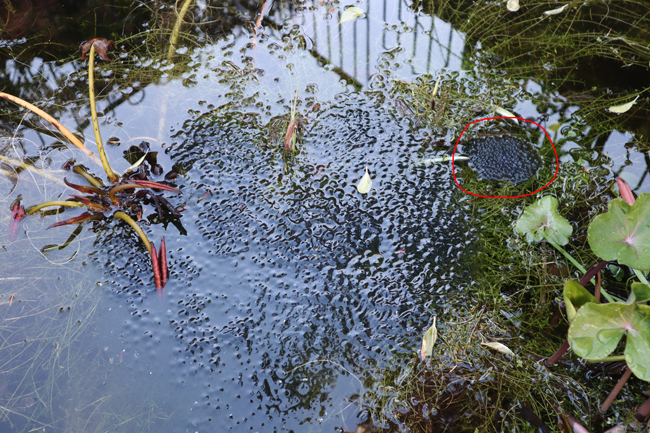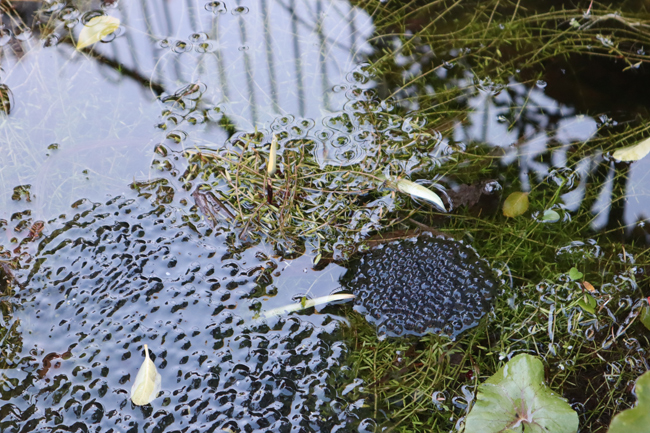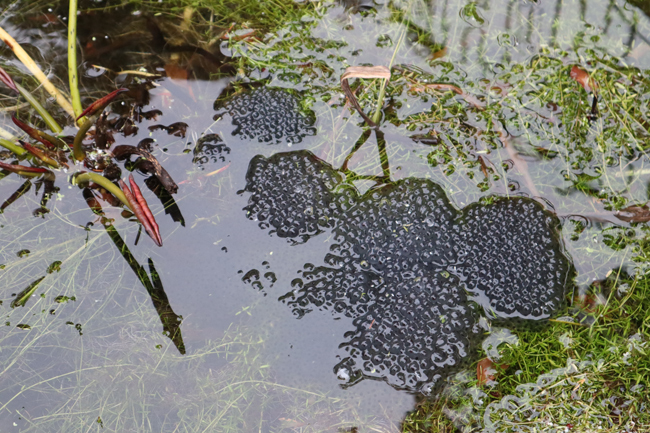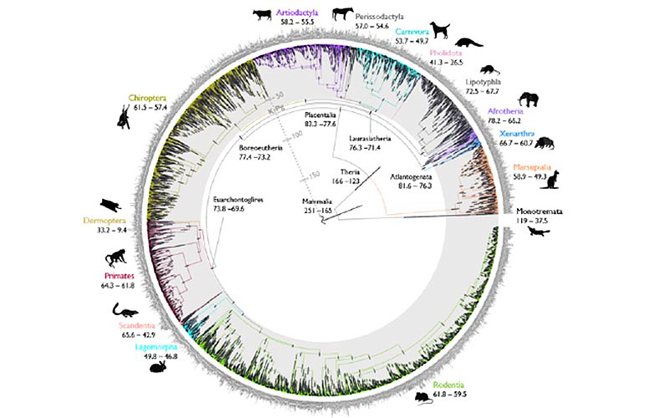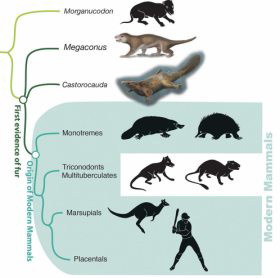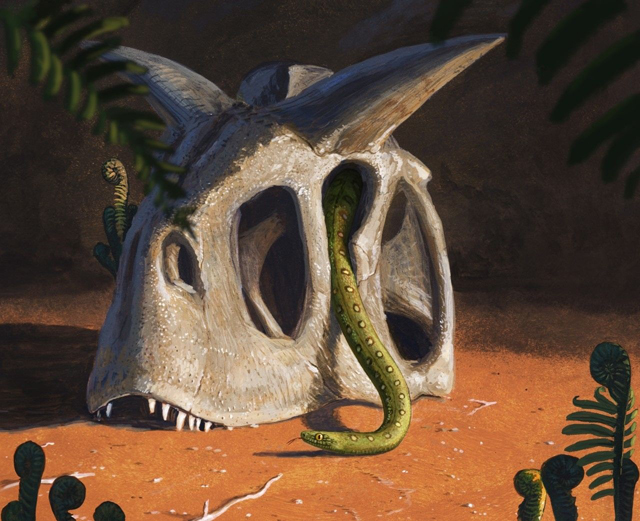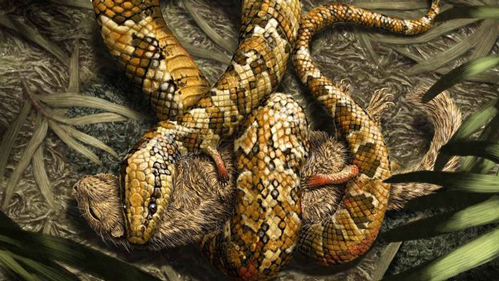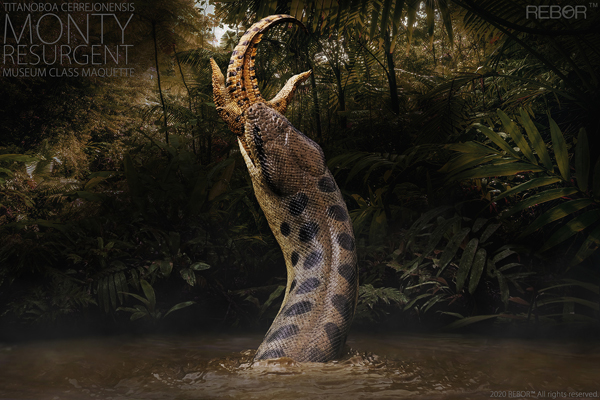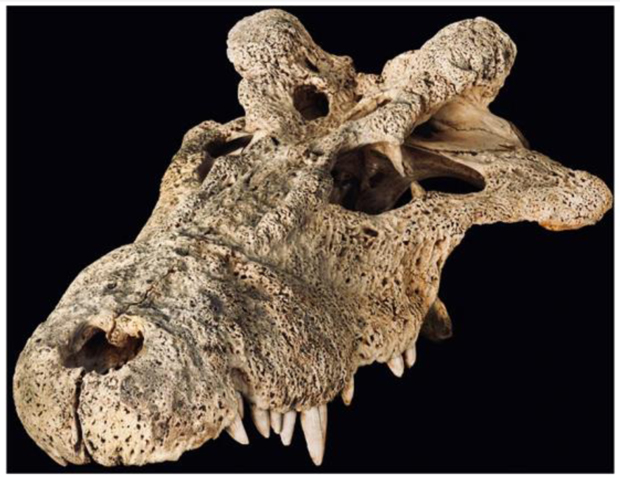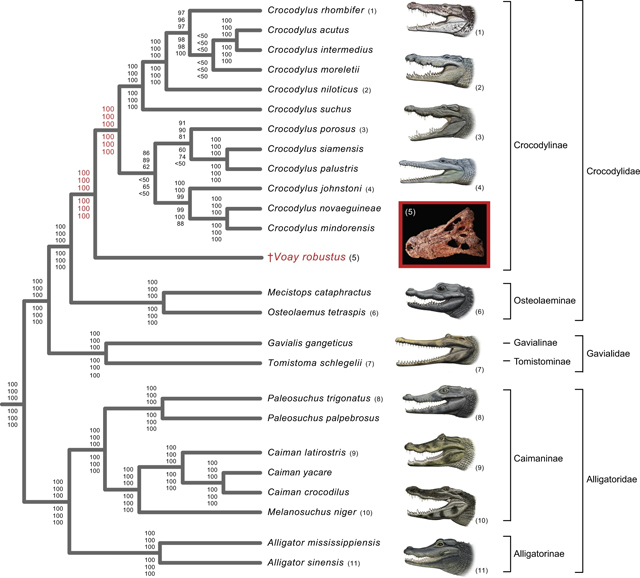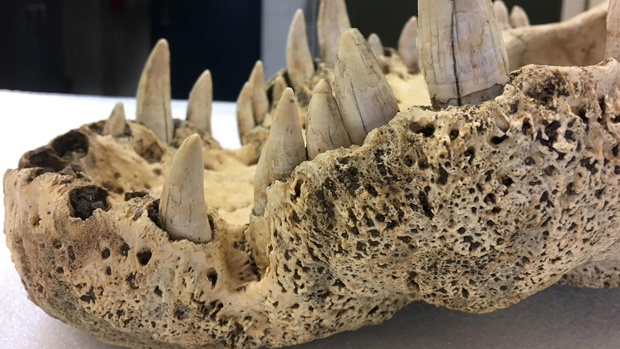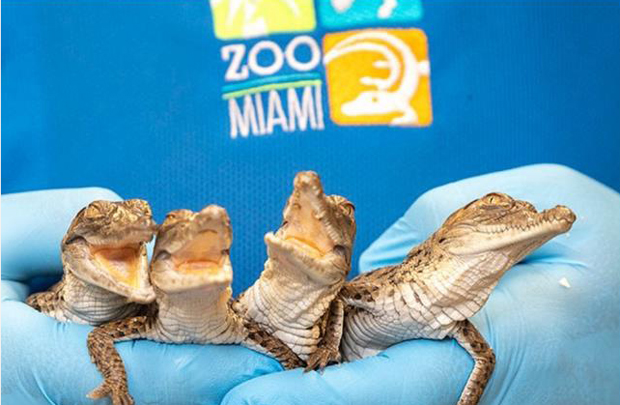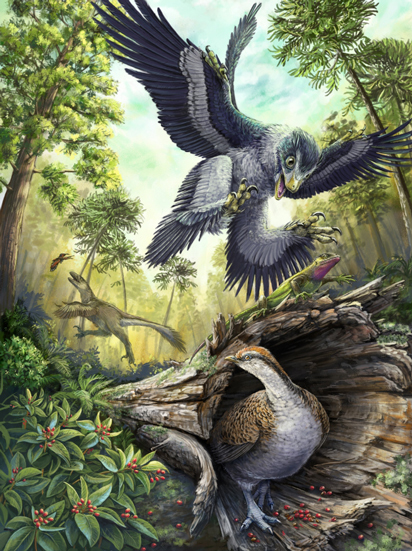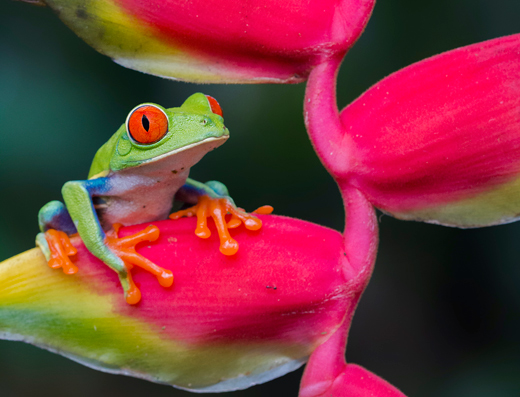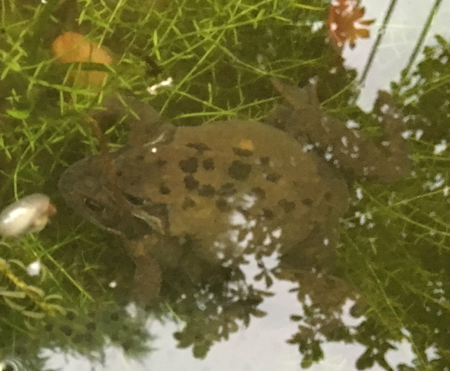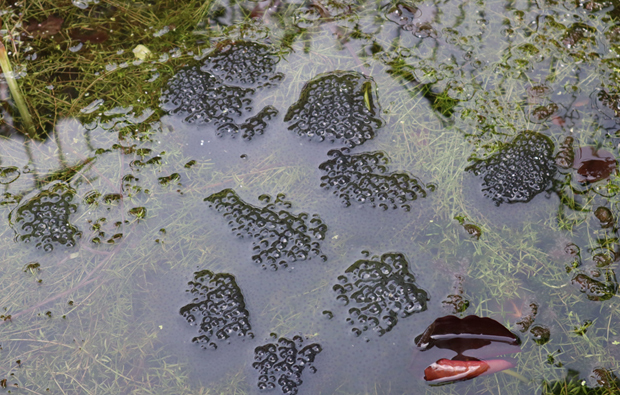News stories and articles that do not necessarily feature extinct animals.
When Did the Beetles Take Over the World?
Remarkably, one in four named animal species is a beetle. There are over 380,000 beetle species that have been scientifically described and perhaps several million more awaiting formal description. Members of the Order Coleoptera are distinguished from other insects as their front pair of wings are hardened into wing-cases (elytra) and they exploit a huge range of ecological niches and environments. However, their evolutionary origins remain uncertain and it is not known exactly when these six-legged animals became so numerous and specious.
Seventeen scientists including researchers from the University of Bristol have set about unravelling the evolutionary history of these amazing insects.
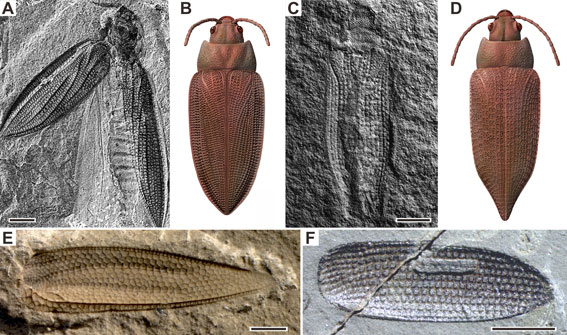
Examples of Permian beetles including fossilised wings and carapaces with (B and D) life reconstructions. Picture credit: NIGPAS.
Picture credit: NIGPAS
Mammoth Mathematical Models
A project to map the evolutionary history of arguably, the most successful and diverse animals of all time was a mammoth task. The researchers used a 68-gene character dataset that had been compiled previously which had sampled 129 out of the 193 recognised beetle families alive today and compared this to the beetle fossil record to provide a refined timescale of beetle evolution. A supercomputer at the University of Bristol’s Advanced Computing Research Centre slogged through the information for 18 months to produce the most comprehensive evolutionary tree of the Coleoptera ever created.
The mathematical models at the very heart of this research demonstrated that different beetle clades diversified independently, as various new ecological opportunities arose. There was no single, immense, all-encompassing divergence event.
One of the corresponding authors of the paper, published by Royal Society Open Science, Professor Chenyang Cai (University of Bristol) commented:
“There was not a single epoch of beetle radiation, their secret seems to lie in their remarkable flexibility. The refined timescale of beetle evolution will be an invaluable tool for investigating the evolutionary basis of the beetle’s success story”.
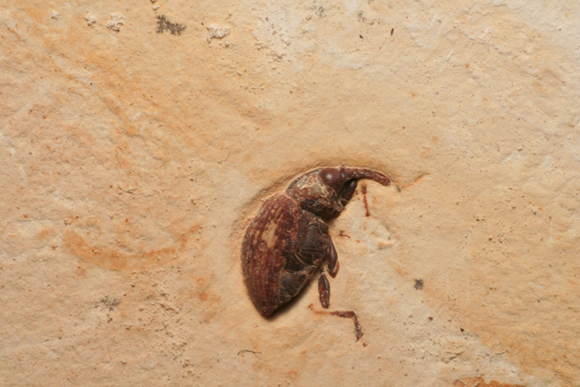
Although beetle fossils are exceptionally rare, the research team used data from a total of 57 beetle fossils to help map the evolutionary development of the Coleoptera. The picture above shows the fossilised remains of a beetle from the Early Cretaceous of Brazil (Crato Formation). Picture credit: Museu Nacional.
Picture credit: Museu Nacional
Carboniferous Origins but the Evolution of Flowering Plants had Little Impact
The oldest beetle fossils date back to around 295 million years ago (Early Permian), molecular clock studies indicate an origin in the Late Carboniferous. The analysis revealed that all the modern beetle suborders had originated by the Late Palaeozoic with a Triassic-Jurassic origin of most of the extant families.
It had been thought that as flowering plants became the dominant terrestrial plants in a period referred to as the Cretaceous Terrestrial Revolution (KTR), so beetles diversified to take advantage of new ecological niches as the angiosperms evolved. However, this study concludes that the major beetle clades were present before the KTR. Nevertheless, some scarabaeoid and cucujiform clades underwent diversification during the Late Jurassic to Early Cretaceous, partly overlapping with the diversification of major angiosperms clades in the Early to mid-Cretaceous.
However, the previously postulated strong link between flowering plant evolution and the rapid expansion of the beetle suborder is refuted by this research.
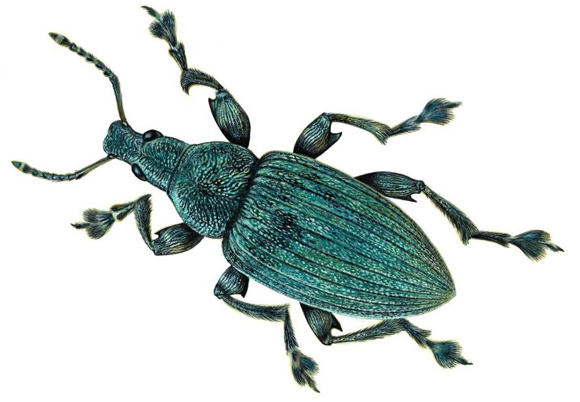
Newly published research concludes that the rise of the flowering plants did not result in a substantial expansion of the Coleoptera. Picture credit James McKay.
Picture credit: James McKay
Advances in Technology and Genetics
Professor Cai explained that this research into the Coleoptera would not have been possible without advances in computer technology and genetics. He stated:
“Reconstructing what happened in the last 300 million years is key to understanding what gave us the immense diversity beetles are known for today”.
Everything Dinosaur acknowledges the assistance of a media release from the University of Bristol in the compilation of this article.
The scientific paper “Integrated phylogenomics and fossil data illuminate the evolution of beetles” by Chenyang Cai, Erik Tihelka, Mattia Giacomelli, John F. Lawrence, Adam Ślipiński, Robin Kundrata, Shûhei Yamamoto, Margaret K. Thayer, Alfred F. Newton, Richard A. B. Leschen, Matthew L. Gimmel, Liang Lü, Michael S. Engel, Patrice Bouchard, Diying Huang, Davide Pisani and Philip C. J. Donoghue published in Royal Society Open Science.
The Everything Dinosaur website: Prehistoric Animal Models.


